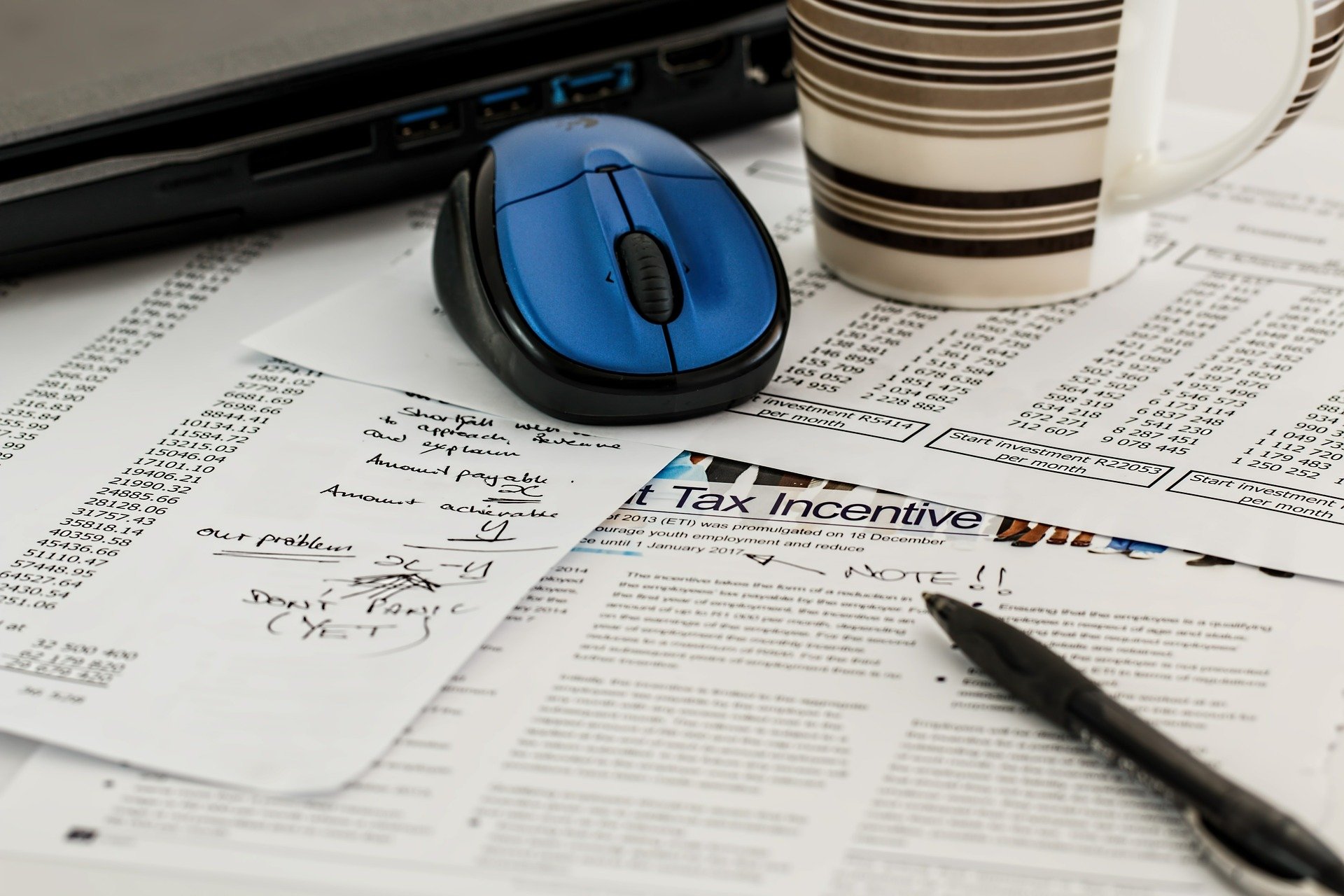You take a few hours one weekend between February and April to pop numbers into your online tax prep software or prepare documents for your accountant. You don’t know whether you’re going to owe more to the government or get money back in the form of a tax refund.
Quick side note: Getting a large tax refund may sound like a huge win, it can often mean that you had too much taken out of your paycheck. In other words, you gave an interest-free loan to Uncle Sam. So while it may be tempting to cheer when you get a big refund check, you may want to take another look at your W-4 exemptions to make sure the right amount is taken from your paycheck. Imagine if you overpaid your rent monthly and received your surplus payments back in April of the following year. Not a cause for celebration, in fact, you might be upset and you would figure out what the correct amount was so you didn’t overpay.
So let’s say that you are “fortunate” enough to receive a large tax refund. The question is, what do you do with that money? Well here are seven ways to maximize your refund so you don’t regret a single dollar you spend.
1. Make a donation
The size of the donation is not important, it’s the act of giving first that’s important and giving to something (or someone) that’s meaningful to you. Giving is one of the most important aspects of my Spending Formula to Win with Money. That spending formula applies to any money you receive, whether it’s a tax refund, paycheck, inheritance or a gift. Giving counterbalances our naturally selfish instincts to spend on ourselves first and also makes us happier.
2. Emergency Fund
An emergency fund, separate from your checking account (preferably at a different bank), is one of the most important financial decisions you’ll make. You should have a minimum $1000 cash in savings at all times. This is to help keep you out of credit card debt in case of emergencies. This is not an account that you’re looking to make a ton of interest on, it’s an account that you put money into and forget about until your car breaks down, you get a bill from an ER trip, or you have to travel unexpectedly for a funeral. Online savings accounts work perfectly for this.
3. Pay Down High-Interest Debt
If you have revolving credit card debt (you carry a balance from month-to-month), check out the annual interest rate on your card(s), It’s likely 15%+. Giving credit card companies and banks interest payments on items you’ve likely already consumed is like lighting money on fire. Credit card companies are NOT charities! Let’s not donate our hard earned money to them. You cannot find a bank that will pay you guaranteed 15%-25% annual interest, but VISA, AMEX, and Discover are making that off of you. Let’s not.
4. Resignation Fund (Emergency Fund with Flair)
If you have at least $1000 in your emergency fund and you have no credit card debt, consider increasing your Emergency fund to 3-6 months of essential expenses. That is different from 3-6 months of income. Essential expenses are your housing, food, healthcare and transportation costs. If you lost your job tomorrow, how much would you absolutely need monthly to get by without credit cards? (FYI – cable and smartphones are not absolute needs) When you have a fully funded Resignation Fund, it changes the way you look at your job and how you value your time. Remember, 76% of Americans live paycheck-to-paycheck, meaning they don’t have enough cash savings to cover basic expenses if they missed 1 or 2 paychecks. They would have to borrow money. That’s living on the edge! Have you ever noticed wealthy people use different language when they quit? They resign. It’s a polite way to tell your employer, “I’m just not that into you anymore.” Don’t let your employer control your life! A Resignation Fund gives you the flexibility to walk away if you need to and the security to maintain your expenses if you are unexpectedly laid off.
5. Roth IRA
If you have a fully funded Emergency/Resignation fund and no credit card debt, you should consider long-term investing. We discussed before What a Roth IRA Is and Why You Should Care, but it’s a great option for investing outside of your 401k/403b if you have one. There is an annual contribution limit of $5500, and you have until tax day the following year to contribute, so at the time of this writing, you can still contribute for the 2017 tax year until tax day 2018.
6. Personal Saving and Debt Payoff Goals
Now that we’ve got your emergency and retirement savings out of the way, you can stash funds for a vacation, a home, a car, wedding, kids college fund, etc. You can also put extra money down to pay off debts like student loans or auto loans.
7. Splurge
Often with money, particularly when we receive a lump sum, we spend first and if there’s any left over, we may save and donate. This is a broke mindset and broke behavior! Remember 76% of Americans are living paycheck-to-paycheck, so if you want to be different you have to do different! I want you to do the exact opposite. Give first, save second and spend third. Once you’ve taken care of your important giving and saving priorities, you can spend guilt free!
